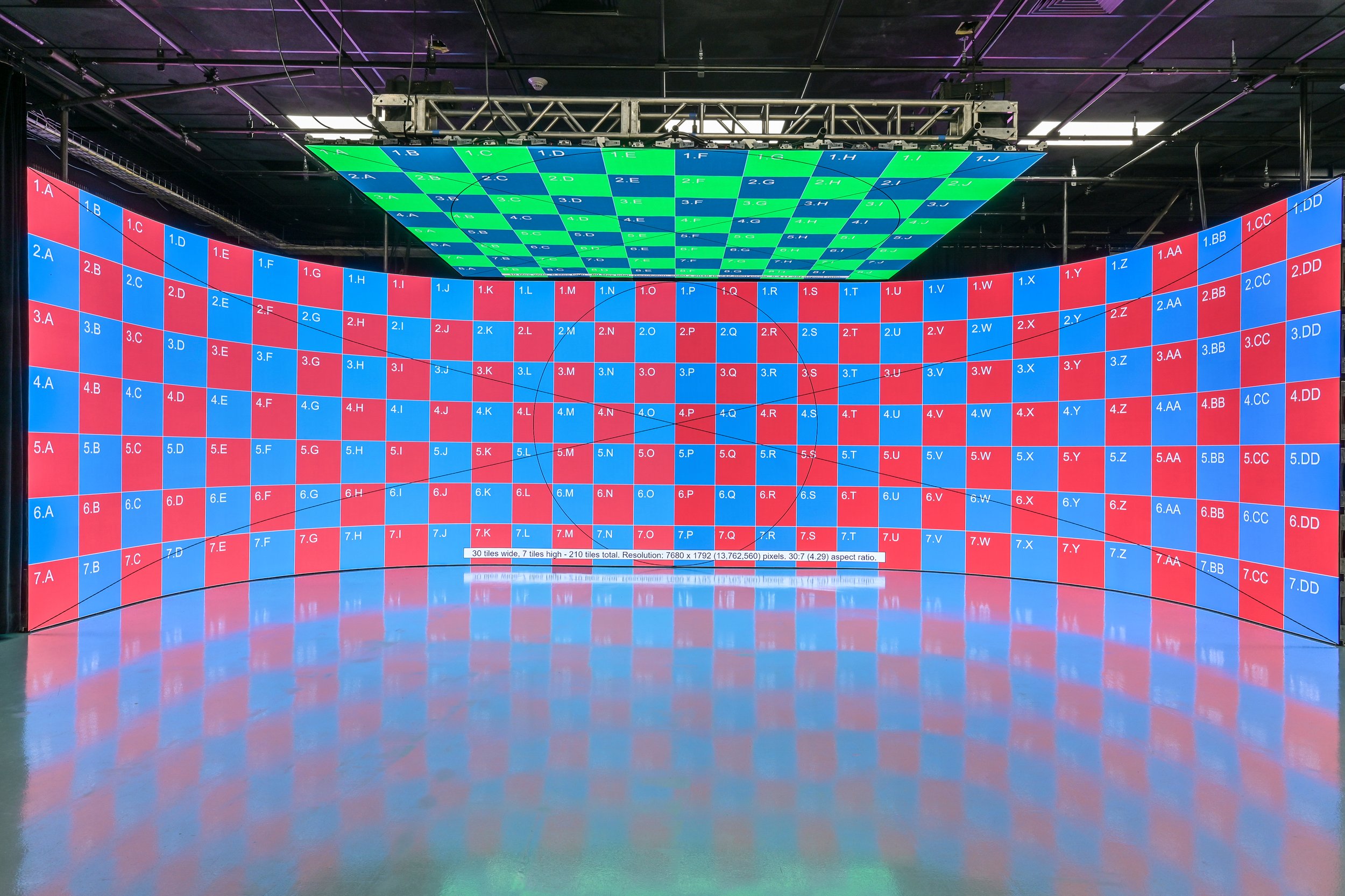Explaining Luminescent Wall Screen Brightness Measurements to Peak Visual Performance
Explaining Luminescent Wall Screen Brightness Measurements to Peak Visual Performance
Blog Article
LED wall screens are increasingly popular in various settings, from homes to businesses and communal spaces. Such screens tend to be recognized due to the vivid as well as vibrant displays, which render them ideal for conveying information, advertisements, as well as engagement. Nevertheless, comprehending brightness illumination measurements of LED wall panels is essential for ensuring optimal display performance. Brightness can be quantified using metrics known as candelas, that show the amount of luminosity produced from a panel. The higher number of quantity in candelas, the more luminous a visual is. For, example, a panel boasting one thousand candelas stands considerably more vivid compared to one featuring five hundred nits, making it more suitable in brightly lit settings.
When choosing a Light Emitting Diode wall panel, it becomes crucial to consider the environment in that the screen will be placed. In brightly lit areas, such as retail environments and open-air settings, higher increased brightness level is necessary to guaranteeing clarity. On the other hand, within dimmer environments, such as theaters or meeting spaces, lower diminished brightness level might be adequate. This is because excessive bright excessive brightness in a dark setting may lead in viewer discomfort among the audience, causing them more difficult for concentrate with a screen. Thus, comprehending specific specific requirements for the setup location can aid with selecting the right brightness level for optimal viewing experience.
Another important element for consider the the contrast ratio of the Light Emitting Diode panel screen. This contrast ratio measures the difference between the most luminous light versus the darkest black shade that a panel can produce. A higher contrast ratio means the display can the display can show more detail and richness, thereby improves overall image quality. For instance, a panel with an differential proportion at ten thousand to one is able to show visuals featuring greater brilliant hues and sharper details Web Site compared to a featuring a proportion at one thousand to one. Such is particularly important when showing visuals or videos that demand greater definition and fine details, including slideshows or promotional content.
Moreover, the mechanism that drives Light Emitting Diode wall panels plays an essential role in their illumination as well as overall performance. Different types of LED methods, such as OLED and Liquid Crystal Display, possess unique characteristics that impact the way brightness is perceived. Organic Light Emitting Diode panels typically offer superior differential as well as deeper blacks, thereby may improve a visual experience in darker settings. Conversely, standard Light Emitting Diode screens may be more suitable in well-lit spaces due to their capacity for produce higher amounts of brightness. Understanding such tech-related differences can help consumers in making knowledgeable decisions according to their specific requirements.
In conclusion, regular maintenance as well as adjustment of Light Emitting Diode panel screens can help preserve ideal brightness as well as efficacy over time. Dirt as well as dirt can build up on the screen, impacting the illumination as well as Find Out More clarity in a visual. Periodic cleaning as well as professional calibration may ensure that panel screen functions in top best, offering uniform image clarity. Additionally, some sophisticated LED wall screens come with built-in options that allow operators to adjust brightness settings as well as hue adjustments according to individual preferences. By taking these measures, operators can guarantee that their LED panel screens deliver the optimal display performance, no matter where environment where which they are placed.